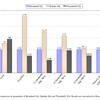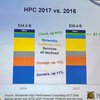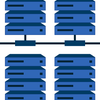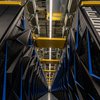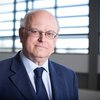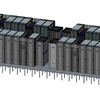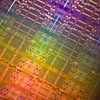Researchers at the Great Western 4 (GW4) Alliance have benchmarked the Cavium ThunderX2 processor that will soon power the Isambard supercomputer. But the most significant advantage of the Arm processor may have nothing to do with performance numbers.
According to the two leading analyst firms covering the high performance computing market, the use of the cloud for HPC workloads is looking a lot more attractive to users these days.
For the first time in history, most of the flops added to the TOP500 list came from GPUs instead of CPUs. Is this the shape of things to come?
The International Supercomputing Conference (ISC18)kicked off Monday in Frankfurt, Germany, with Maria Girone, CTO of CERN openlabdeliveringthe opening keynote address. She explained how CERNs needs will drive exascale computation and data science innovation in the future.
The TOP500 list is an intensely valuable tool for the HPC community, tracking aggregate trends over 25 years. However, a few observers have noted that recent publications of the TOP500 list have many duplicate entries, often at anonymous sites.
FRANKFURT, Germany; BERKELEY, Calif.; and KNOXVILLE, Tenn.The TOP500 celebrates its 25th anniversary with a major shakeup at the top of the list. For the first time since November 2012, the US claims the most powerful supercomputer in the world, leading a significant turnover in which four of the five top systems were either new or substantially upgraded.
On Wednesday evening at the ISC High Performance conference, HPC luminary Dr. Thomas Sterling will deliver his customary keynote address on the state of high performance computing. To get something of a preview of that talk, we caught up with Sterling and asked him about some of the more pressing topics in the space.
Sandia National Laboratories will soon be taking delivery of the worlds most powerful supercomputer using ARM processors. The system, known as Astra, is being built by Hewlett Packard Enterprise (HPE) and will deliver 2.3 petaflops of peak performance when its installed later this year.
The Department of Energys 200-petaflop Summit supercomputer is now in operation at Oak Ridge National Laboratory (ORNL). The new system is being touted as the most powerful and smartest machine in the world.
At this months ISC High Performance conference, representatives from Intel, NVIDIA, Xilinx, and NEC will speak about the challenges they face as applications like machine learning and analytics are demanding greater performance at a time when CMOS technology is approaching its physical limits.
